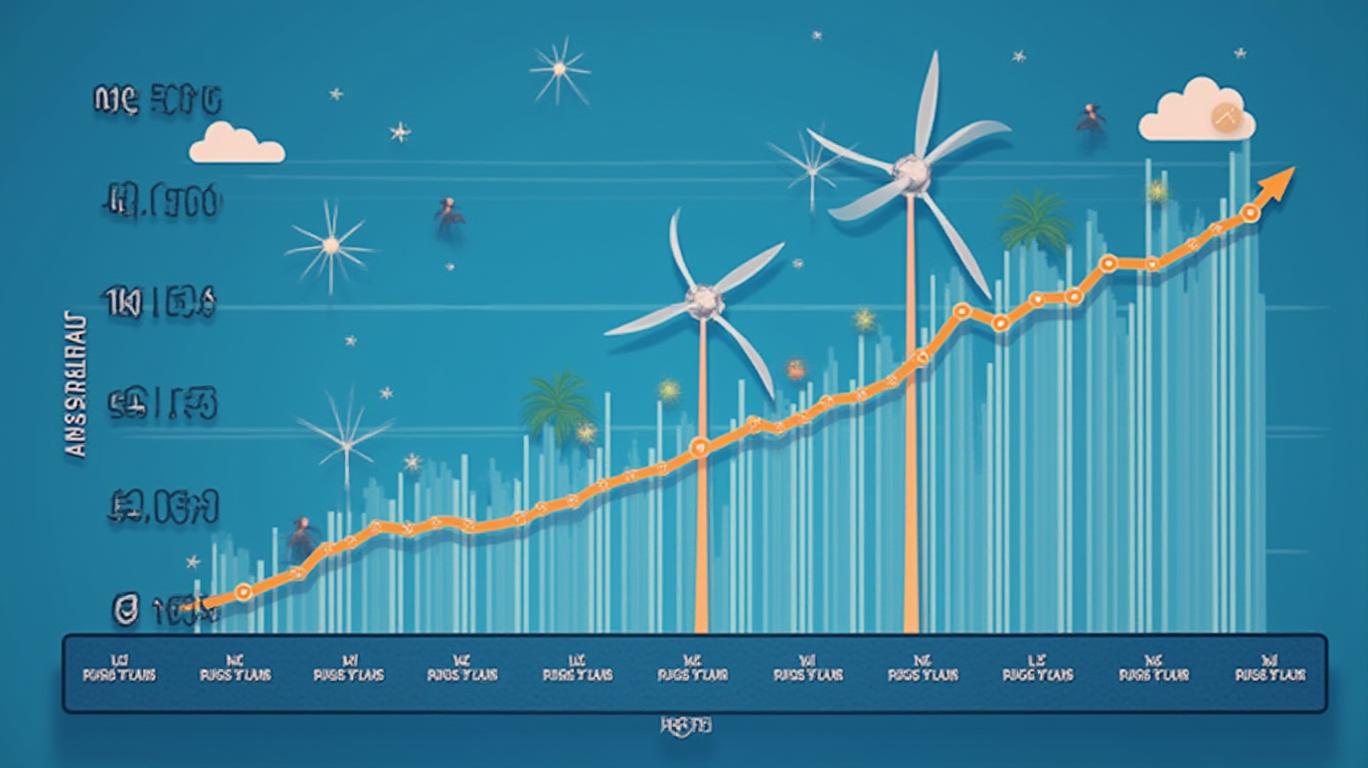The "Team Australia" Playbook: Can Collaboration Revive Australia's Tech Ambitions?
Australia’s research and development (R&D) landscape faces a pivotal moment. Over the past decade, the nation’s global R&D expenditure ranking has slipped from 12th to 19th, with investment lagging behind peers like South Korea, Germany, and Israel. Now, TechnologyOne CEO Ed Chung is sounding the alarm: without a coordinated “Team Australia” approach—bridging governments, academia, and industry—the country risks falling further behind in the global innovation race.
Chung’s vision, outlined in a 2025 research paper, frames Australia’s tech sector as a linchpin for economic resilience. He argues that fragmented coordination and underinvestment have stifled progress, particularly in critical areas like AI, quantum computing, and cybersecurity. “The stakes are existential,” he writes. “Without a unified strategy, we’ll cede technological sovereignty to foreign competitors.”
The CEO’s credibility stems from TechnologyOne’s unique position. As a provider of enterprise software to over 1,300 government and corporate clients—including 80% of Australia’s public sector—the company sits at the intersection of public policy and private innovation. Its software underpins everything from tax systems to healthcare records, giving it a bird’s-eye view of where collaboration is lacking.
The Case for Collaboration
Chung’s “Team Australia” model hinges on three pillars:
1. Public-Private Partnerships (PPPs): Leveraging corporate R&D capabilities to fill gaps in government funding.
2. Sector Agnosticism: Breaking down silos between tech, energy, agriculture, and finance to share data and expertise.
3. Talent Retention: Incentivizing top researchers to stay in Australia through tax breaks and access to industry projects.
The argument is compelling. Consider the success of “Team GB” in sports—where national resources, training, and funding converge to produce world-class athletes. Applying this logic to tech could create a similar multiplier effect.
A glance at TechnologyOne’s financials reveals a company doubling down on its vision. Despite modest revenue growth (up 4% YoY in 2024), the firm has increased R&D spending by 12% annually since 2020, outpacing its own revenue trajectory. This signals confidence in its ability to monetize innovations through partnerships.
Risks and Realities
Skeptics argue that Australia’s fragmented political landscape and red tape will stifle progress. The nation’s R&D tax incentive, while generous, is underused, with only 30% of eligible companies claiming it. Meanwhile, global rivals like Singapore and the U.S. are pouring billions into AI hubs and quantum labs.
Yet there are glimmers of hope. The federal government’s 2025 “Tech Sovereignty” white paper pledged A$5 billion over five years to R&D, with a focus on AI and cybersecurity—a direct nod to TechnologyOne’s lobbying efforts. The company’s software could serve as the backbone for these initiatives, enabling real-time data sharing between sectors.

What Investors Should Watch
For investors, the “Team Australia” narrative offers both opportunity and caution. TechnologyOne’s stock has underperformed the ASX 200 by 15% over the past three years, partly due to macroeconomic headwinds. But its long-term contracts and dominance in government tech could pay off if R&D collaboration takes hold.
Australia’s broader tech sector, including firms like Afterpay (now Block) and WiseTech Global, has lagged Nasdaq returns by 20 percentage points since 2020. A “Team Australia” boost could narrow this gap, but execution will be key.
Conclusion: A High-Stakes Gamble
Ed Chung’s call for unity is a masterstroke of corporate advocacy, positioning TechnologyOne as an indispensable partner in Australia’s tech renaissance. If his vision succeeds, the company stands to gain long-term contracts, data monopolies, and a first-mover advantage in emerging markets like quantum computing.
However, the risks are equally stark. Without sustained government funding and regulatory alignment, Australia’s R&D ranking could drop to 25th by 2030, according to a 2024 Deloitte report. TechnologyOne’s stock, currently valued at a 30% discount to its peers, may remain stagnant unless it can prove collaboration is driving tangible returns.
For investors, the “Team Australia” playbook is a bet on more than just a company—it’s a wager on whether a nation can reinvent itself. In a world where tech leadership defines economic power, the stakes have never been higher.
*Data queries and visualizations would populate here based on the


_442a2dcc1749832873286.jpeg)
_e68fac6d1749831664430.jpeg)





